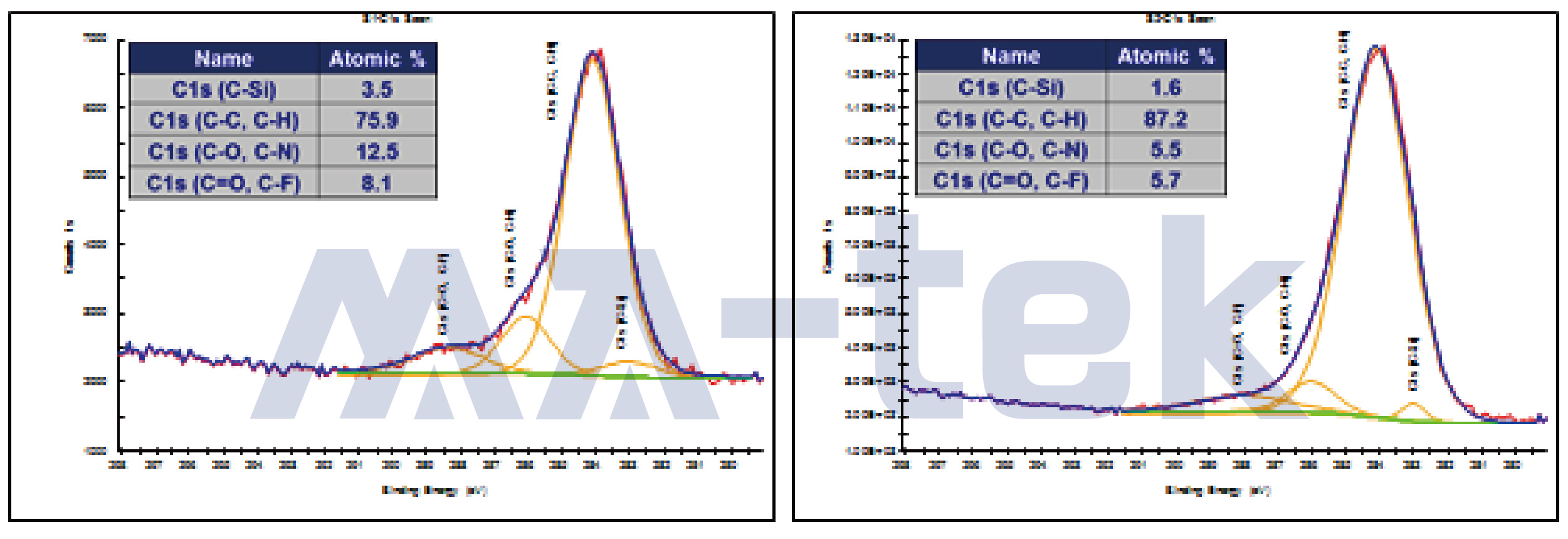|
You want to analyze an organic substance, but there are several different methods and tools available. So, how do you choose which one to use? |
Let us begin with a brief introduction of some of the techniques most commonly employed for the analysis of organic substances. The first step is to understand the basic principles behind each technique. Click on a title to learn more about each technique!
The basic principle behind FTIR is to use an interferometer to generate an interference pattern, which is then converted into an infrared spectrum through Fourier Transformation.
The infrared spectrometer observes the changes in the energies of chemical bond vibration and rotation that occur in a substance once it has absorbed infrared light, thereby enabling the identification of organic functional groups as well as qualitative and semi-quantitative analysis of organic substances. It also allows for the analysis of certain inorganic functional groups.
 |
In addition to the comparison of samples, FTIR infrared spectroscopy can be used in conjunction with a database to perform qualitative analysis.
Exposing a material to X-ray radiation leads to the photoelectric effect. This is when the electrons in the inner shells are excited to generate photoelectrons. Only those photoelectrons generated on the surface of samples can escape from the material and be detected. By analyzing the kinetic energy of the excited photoelectrons, you can determine the binding energy of photoelectrons.
The binding energy is different for electrons in different elements and located in different orbits. Therefore, binding energy can be used to determine which orbit and which element a photoelectron to come from, and changes in binding energy can be used to study chemical bonds.

XPS can perform chemical bond analysis of the elements in organic compounds. |
GC-MS mainly uses capillary column separation. Different compounds have different retention times that can be analyzed using a mass spectrometer after the separation.
When the gas mixture flows through the capillary column, that mixture can be separated according to the differences in the chemical properties of the component molecules.
Different compounds then flow out of the column at different times. The downstream mass spectrometer collects and measures this information for comparison.

The GC-MS spectrum. Different compounds have different retention times (X-axis) in the column. With the mass spectra collected at different retention times, you can perform qualitative analysis using a database or via comparison between samples |
The principle behind LC-MS is similar to that of GC-MS. In this case, liquid samples are separated by a capillary column then analyzed using mass spectrometry.
 |
The LC-MS spectra. With the spectrum and specific retention times, it is possible to confirm a compound’s structure via comparison with existing literature.
Materials are bombarded with energized ions to produce secondary ions. The secondary ion is then accelerated into the secondary ion mass spectrometry system.
When ions of different masses acquire the same kinetic energy, the differences in their flight speeds and the lengths of time they take to reach the detector are different due to the differences in mass. ToF-SIMS uses this to distinguish ions with different mass-to-charge ratios and complete composition analysis.

ToF-SIMS is capable of analyzing the organic contamination in a micro area. |
|
Once you understand the basic principles behind each technique, how do you decide when to use each one? |
In addition to calling MA-tek’s professional support team, there are a few simple steps you can take to make your decision. First, simply determine whether the material you plan to analyze is in gas, liquid or solid state.
- Gaseous Organic Compounds
GC-MS, which can separate and identify complex gaseous mixtures, is the best choice here.
- Liquid Organic Compounds
Here, the more suitable analysis options are FTIR, GC-MS, and LC-MS. FTIR analysis is fast. It is mainly used to analyze more highly concentrated (at% level) organic materials. A qualitative analysis can be conducted by comparing a compound’s infrared spectrum with database spectra.
CG-MS and LC-MS take more time. However, their concentration detection limit can reach much lower levels (ppm, ppb). This makes them suitable for the analysis of trace amounts of liquid organic compounds with small molecular weights (MW<500). In addition, the GC-MS database is relatively complete, which is advantageous for making comparisons. It is also a great help for the identification of unknown substances. If the molecular weight of the analyte is great, LC-MS may be the better choice. It also provides reference materials and standards for the analysis of residual materials.
- Solid Organic Materials
Suitable options here include FTIR, ToF-SIMS and XPS. FTIR is mainly for analyzing the surfaces of organic materials. It is particularly suitable for materials with larger surface areas (recommended >50um). On the other hand, if you want to look at the organic contamination in a micro area or if the concentration of the organic substance to be analyzed is small (ppm, ppb levels), then you can use ToF-SIMS and the database to perform qualitative analysis. ToF-SIMS can also be used when you want to examine the depth distribution of organic matter.
If you want to observe the chemical bonds between certain elements within an organic material, XPS is an excellent choice because it allows you to examine the types and ratios of chemical bonds.
Has the simple selection guide above made it easier to choose your technique when approaching the analysis of organic materials?



